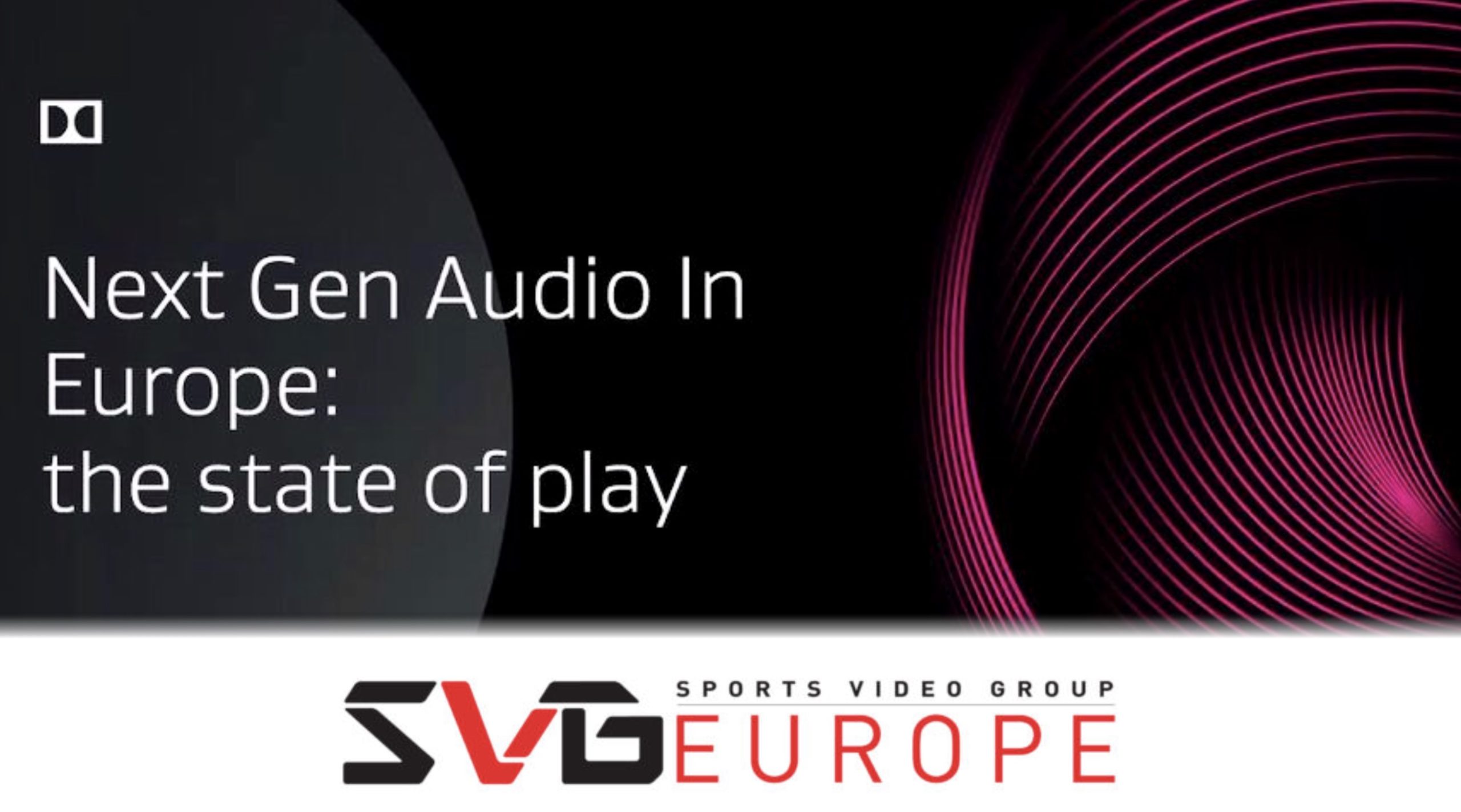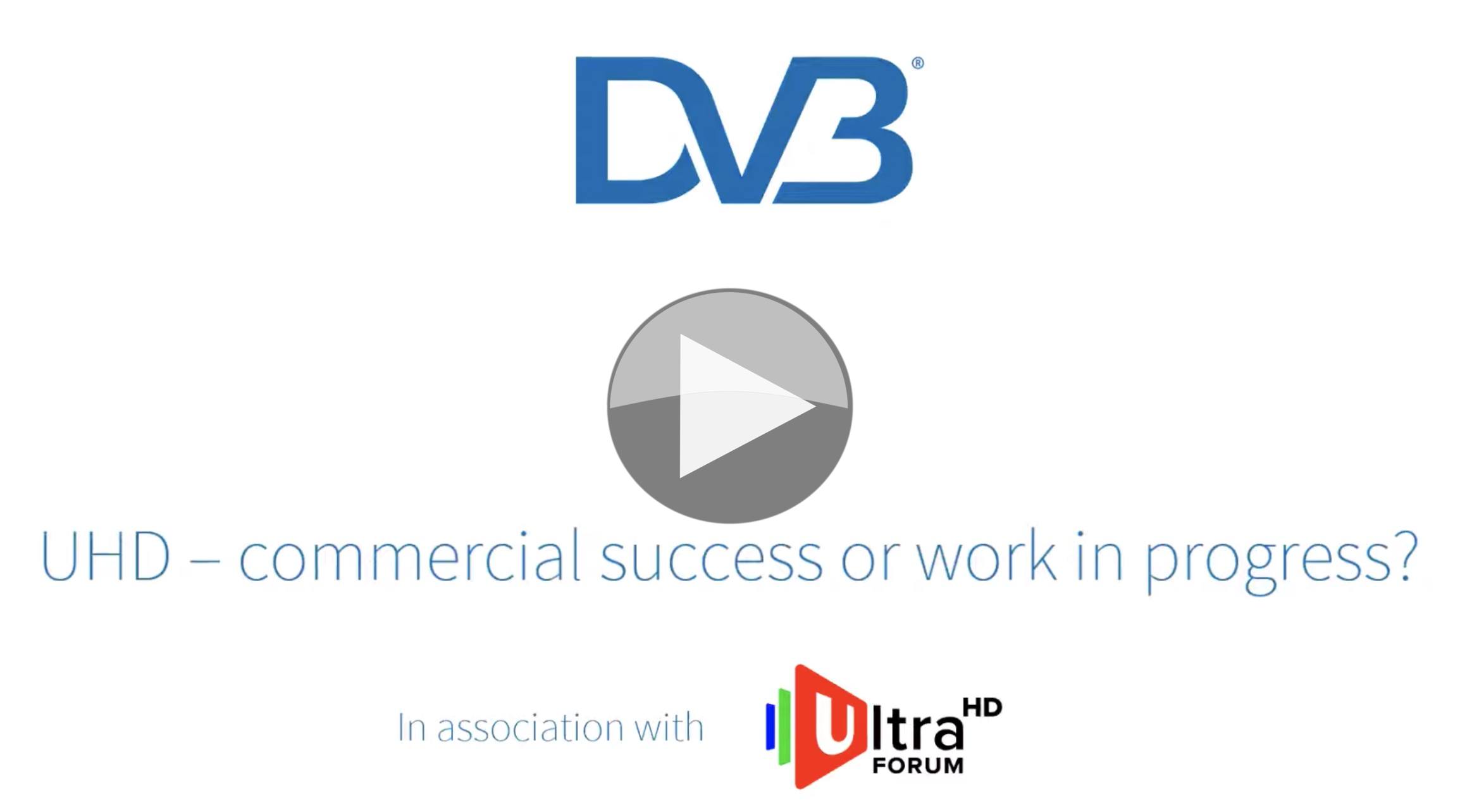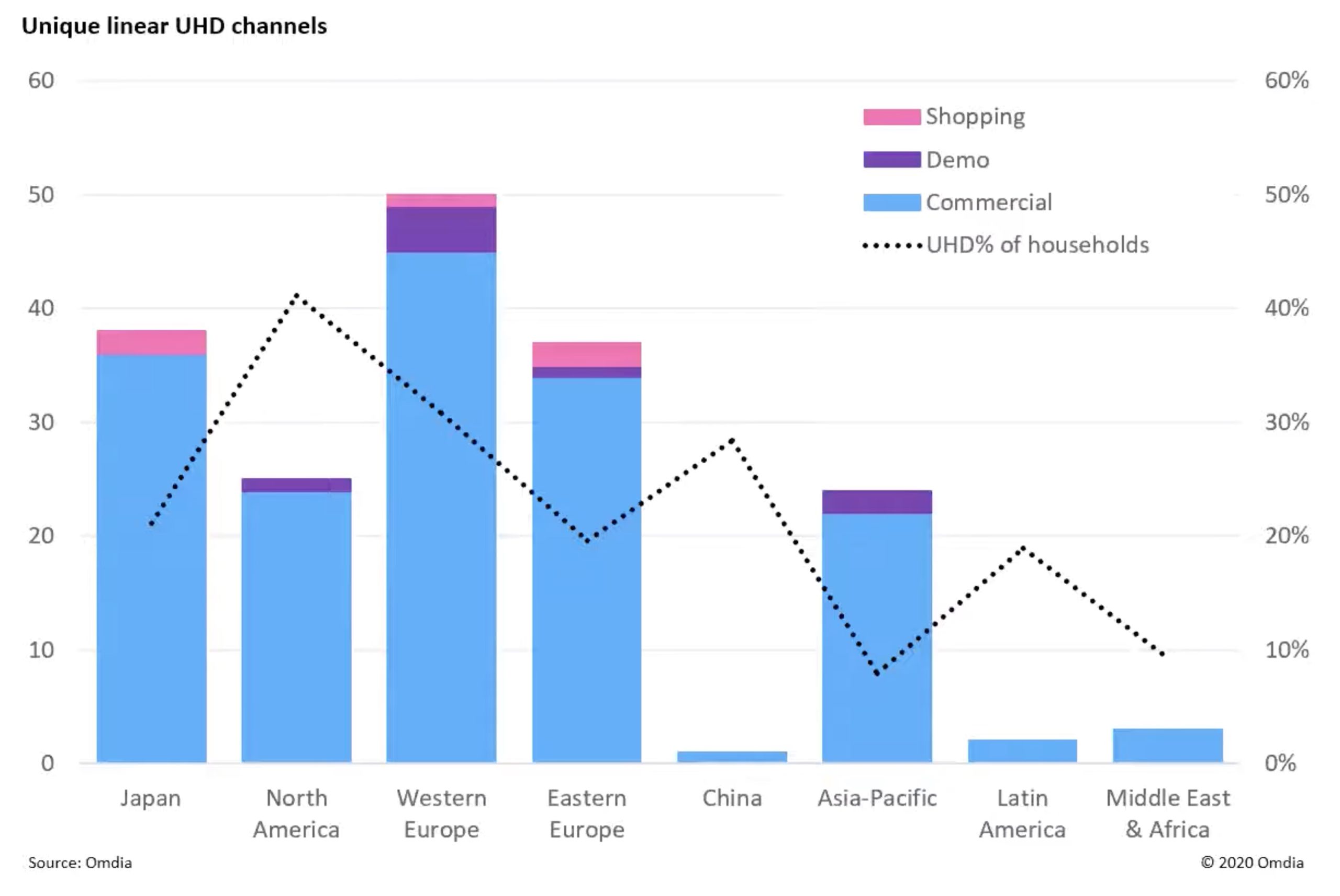Next-generation audio refers to a range of new technologies which allow for immersive audio like 3D sound, for increased accessibility, for better personalisation and anything which delivers a step-change in the lister experience. NGA technologies can stand on their own but are often part of next-generation broadcast technologies like ATSC 3.0 or UHD/8K transmissions.
This talk from the Sports Video Group and Dolby presents one case study from a few that have happened in 2020 which delivered NGA over the air to homes. First, though, Dolby’s Jason Power brings us up to date on how NGA has been deployed to date and looks at what it is.
Whilst ‘3D sound’ is an easy to understand feature, ‘increased personalisation’ is less so. Jason introduces ideas for personalisation such as choosing which team you’re interested in and getting a different crowd mix dependant on that. The possibilities are vast and we’re only just starting to experiment with what’s possible and determine what people actually want or to change where your mics are, on the pitch or in the stands.
What can I do if I want to hear next-generation audio? Jason explains that four out of five TVs are now shipping with NGA audio and all of the five top manufacturers have support for at least one NGA technology. Such technologies are Dolby’s AC-4 and sADM. AC-4 allows delivery of Dolby Atmos which is an object-based audio format which allows the receiver much more freedom to render the sound correctly based on the current speaker set up. Should you change how many speakers you have, the decoder can render the sound differently to ensure the ‘stereo’ image remains correct.
To find out more about the technologies behind NGA, take a look at this talk from the Telos Alliance.
Next, Matthieu Parmentier talks about the Roland Garros event in 2020 which was delivered using sADM plus Dolby AC-4. sADM is an open specification for metadata interchange, the aim of which is to help interoperability between vendors. The S-ADM metadata is embedded in the SDI and then transported uncompressed as SMPTE 302M.
ATEME’s Mickaël Raulet completes the picture by explaining their approach which included setting up a full end-to-end system for testing and diagnosis. The event itself, we see, had three transmission paths. An SDR satellite backup and two feeds into the DVB-T2 transmitter at the Eiffel Tower.
The session ends with an extensive Q&A session where they discuss the challenges they faced and how they overcame them as well as how their businesses are changing.
Watch now!
Speakers
 |
Jason Power Senior Director of Commercial Partnerships & Standards, Dolby |
 |
Mickaël Raulet Vice President of Innovation, ATEME |
 |
Matthieu Parmentier Head of Data & Artificial Intelligence France Television |
 |
Moderator:Roger Charlesworth Charlesworth Media |








